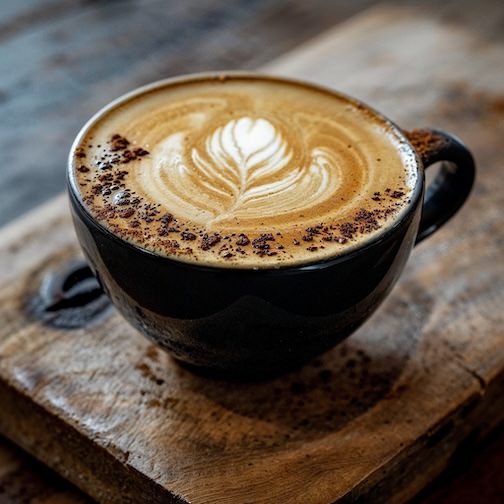It is hot here… I know if your north of the equator, it is hot there too. There is a variety drinks to cool off with, why not go a cold version of a favorite coffee drink. By the pool, at the desk, walking around the block, or taking in the shady parts of a sunny outing. I have here a mix of what I found works for my iced coffee, as well as some advice from friends to avoid walking out the door you would rather not drink.
To make the best iced coffee for the hot summer, start with choosing the right brewing method. The cold brew method involves mixing coarsely ground coffee with cold water in a ratio of one part coffee to four parts water. Steep this mixture in the refrigerator for 12 to 24 hours, then strain it using a fine mesh sieve or coffee filter. Using filtered water can enhance the flavor significantly.
Alternatively, you can try the flash brew method, where you brew a strong hot coffee directly over ice. This method requires using a one-to-one ratio of hot water to ice and doubling the amount of coffee grounds. The flash brew retains more of the coffee’s aromatics and acidity compared to cold brew. For those who enjoy espresso, simply brew espresso shots and pour them over a cup of ice, then add cold water or milk to dilute to your taste. Using cold milk or milk alternatives can provide a smoother flavor.
To ensure the best flavor and refreshment in your iced coffee, start with high-quality coffee beans. Freshly roasted, light to medium roast beans are often preferred due to their brighter, more refreshing flavors. Grinding the coffee beans just before brewing can also make a significant difference. For cold brew, a coarse grind is ideal, while a medium grind works best for flash brew, and a fine grind is suitable for iced espresso. The quality of the ice you use is also important; large ice cubes or ice made from filtered water will help maintain the coffee’s flavor as it melts. If you like your coffee sweetened, opt for simple syrup, flavored syrups, or sweetened condensed milk since granulated sugar doesn’t dissolve well in cold liquids. Experimenting with different kinds of milk, such as whole, skim, almond, or oat, can help you find your preferred creaminess and flavor balance.
There are a few common pitfalls to avoid when making iced coffee. Over-dilution can occur as the ice melts, which waters down your coffee. To prevent this, consider brewing a stronger coffee concentrate or using coffee ice cubes. Bitterness is another issue, often caused by over-extraction. This can be mitigated by using the proper coffee-to-water ratio and avoiding over-steeping or brewing for too long. To keep your coffee from tasting stale, consume it within a few days if stored in the refrigerator and always keep it in an airtight container. Separation of coffee and milk or flavorings can also occur; to avoid this, stir well before drinking or use a blender to ensure consistency. Finally, avoid temperature shock by letting hot coffee cool slightly before pouring over ice, or stick to the flash brew method.
Fun item I just found… now on order for me to try over the weekend during our 100+ degree days. Java House Cold Brew Coffee Concentrate Single Serve Liquid Pods, Sumatran
Please note that if you purchase from clicking on the link, some will result in my getting a tiny bit of that sale to help keep this site going. If you enjoy my work, perhaps you would consider donating to my daily cup of coffee, thank you.





